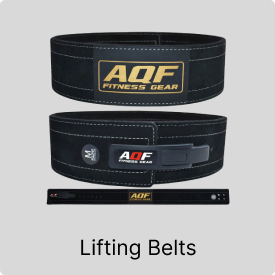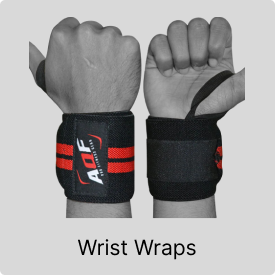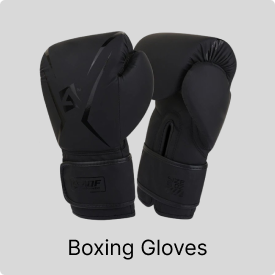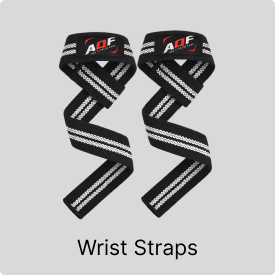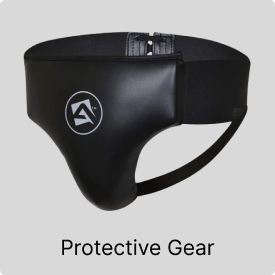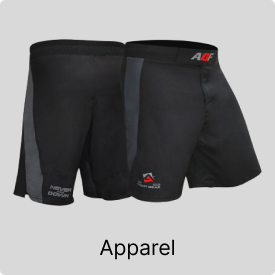10mm vs. 13mm Weightlifting Belts: What’s the Difference & Which One to Buy?
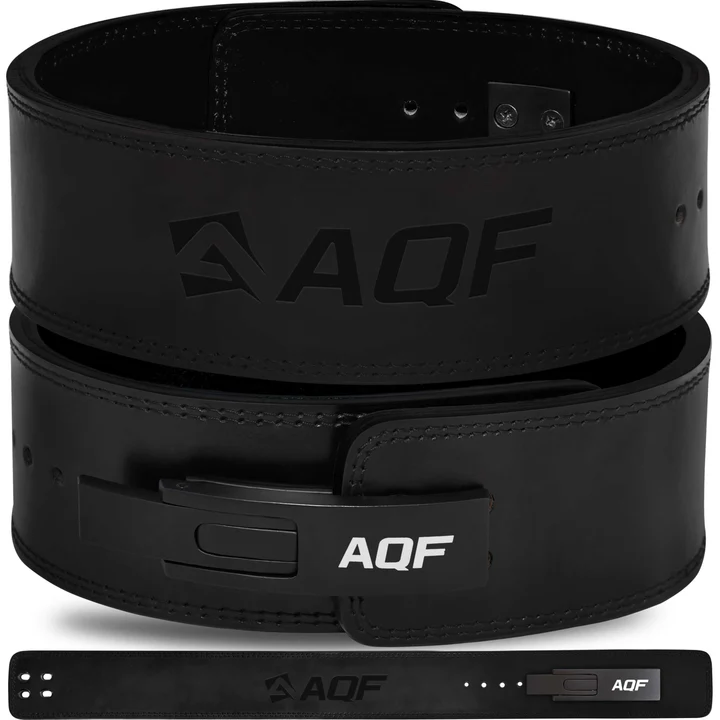
Choosing the right weightlifting belt thickness can significantly impact your lifting performance and safety. You might have heard debates at your gym over whether a 10mm or 13mm belt is superior. But what exactly separates these two popular options, and which should you choose?
This detailed comparison will guide you through the differences, helping you select the ideal belt for your training needs.
Key Differences Between 10mm and 13mm Belts
A weightlifting belt’s thickness impacts stiffness, flexibility, support, and comfort. Here’s how 10mm and 13mm belts compare:
10mm Belts:
- Provide strong core support with moderate stiffness.
- Easier to break in compared to 13mm belts, but still initially firm.
- Balanced flexibility, suitable for varied lifting styles.
13mm Belts:
- Maximum support due to additional rigidity.
- Requires a significant break-in period.
- Ideal for heavy lifting where maximum stiffness and core support are required.
Which Belt Thickness Should You Choose?
Choose a 10mm Belt if:
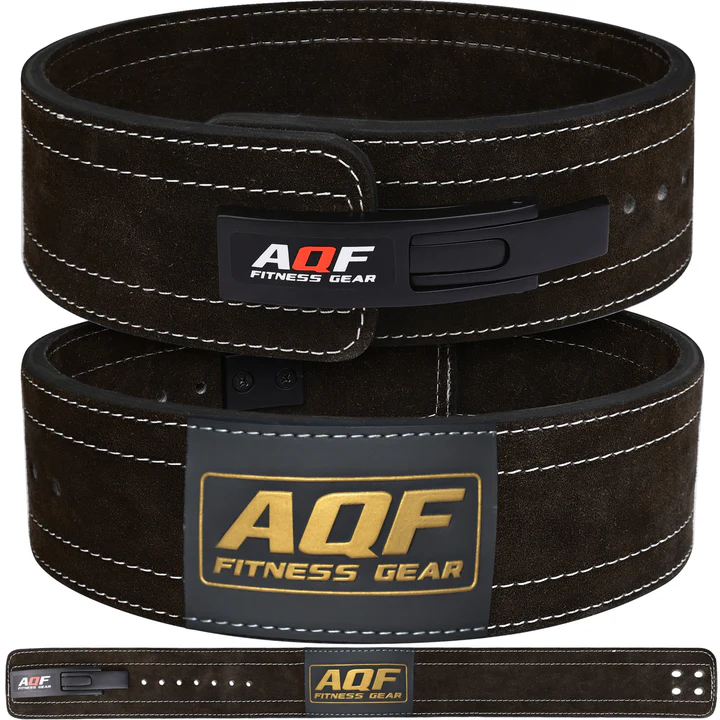
- You value a balance between support and moderate comfort.
- You participate in powerlifting, Olympic lifting, CrossFit, or general strength training and prefer less rigid equipment.
- You want a belt that breaks in faster but still provides excellent core stability.
- You lift regularly but don’t always train at maximum loads (below 85% of your 1-rep max).
Choose a 13mm Belt if:
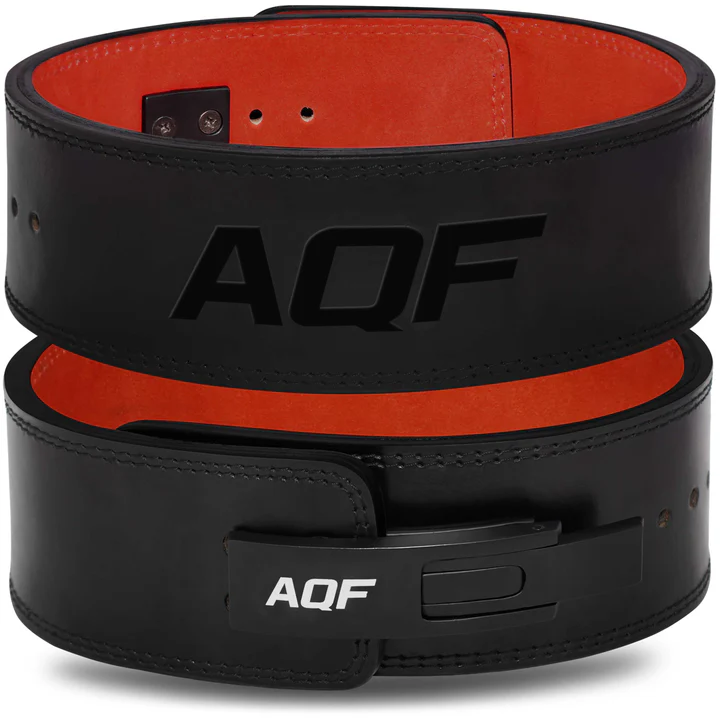
- You frequently perform heavy lifts (85%+ of your maximum weight).
- You compete or train specifically in powerlifting or strongman events.
- You prioritize maximum core support over comfort or flexibility.
- You’re comfortable with a more prolonged break-in period for long-term rigidity.
Common Myths About 10mm vs. 13mm Belts:
Myth: 10mm belts are beginner-only. Truth: Many advanced lifters prefer 10mm belts for their balanced support, especially for lifts requiring greater mobility or frequent repositioning.
Myth: 13mm belts are universally superior. Reality: Thicker belts aren’t always better. They may provide more stability, but the stiffness can negatively impact comfort and mobility, especially in dynamic lifts or higher rep workouts.
Frequently Asked Questions (FAQs)
Is a 10mm belt suitable for powerlifting?
Yes, many competitive powerlifters prefer a 10mm belt because it provides solid support while allowing slightly more comfort than the 13mm.
Do 13mm belts offer better protection against injuries?
13mm belts offer maximum stiffness and support, ideal for minimizing injury risk during very heavy lifts. However, they’re not automatically safer—proper lifting form and belt positioning are crucial.
How long does it take to break in a 13mm belt?
Typically, it takes about 4-6 weeks of consistent usage to comfortably break in a 13mm belt. Some lifters use leather conditioners to accelerate this process.
Are there any belts thinner than 10mm available?
Yes, there are belts thinner than 10mm, such as 6mm and 7mm belts. These are more flexible and designed for light training or for those who prioritize comfort and mobility
Final Verdict
Both 10mm and 13mm belts serve distinct purposes. If you prefer balanced support with moderate flexibility, choose a 10mm belt. For maximum stiffness and superior support during extremely heavy lifts, a 13mm belt is the best choice.
Test both if possible, and select the one aligning closely with your lifting style, goals, and comfort.
